Winter is coming: How to store seasonal vegetables in the colder months
Winter is around the corner – make the most of your cold-weather produce by storing it properly, says Becky Krystal
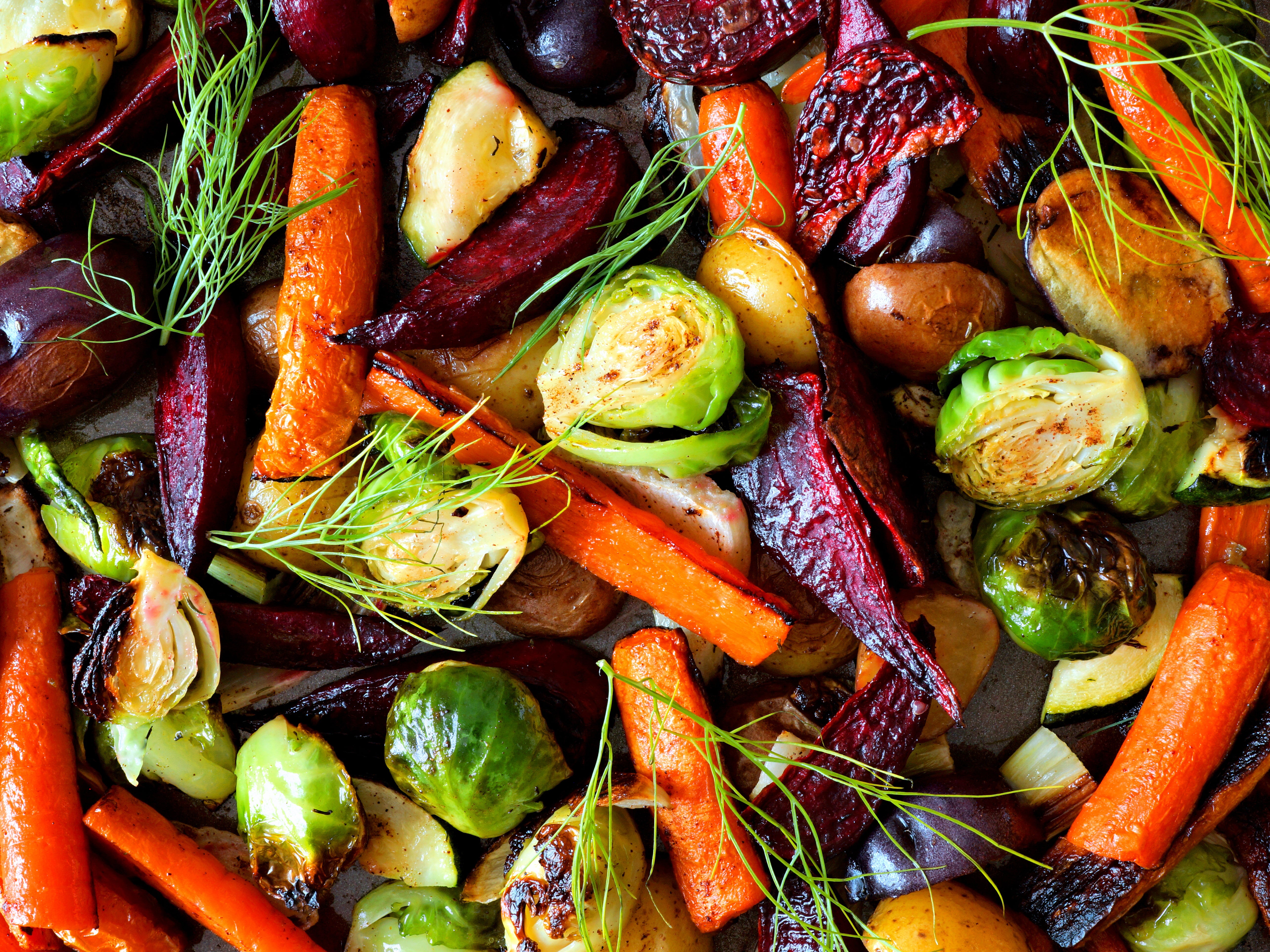
Your support helps us to tell the story
From reproductive rights to climate change to Big Tech, The Independent is on the ground when the story is developing. Whether it's investigating the financials of Elon Musk's pro-Trump PAC or producing our latest documentary, 'The A Word', which shines a light on the American women fighting for reproductive rights, we know how important it is to parse out the facts from the messaging.
At such a critical moment in US history, we need reporters on the ground. Your donation allows us to keep sending journalists to speak to both sides of the story.
The Independent is trusted by Americans across the entire political spectrum. And unlike many other quality news outlets, we choose not to lock Americans out of our reporting and analysis with paywalls. We believe quality journalism should be available to everyone, paid for by those who can afford it.
Your support makes all the difference.While we most often celebrate the bounty of produce that is summer, there are a lot of autumn and winter fruits and vegetables to love as well. Once warm-weather favourites, such as peaches, tomatoes and corn, are on their way out, we’re greeted with a colourful array of pears, apples, winter squash and greens, plus the citrus that populates many a gift basket.
Other than being delicious and versatile, autumn fruits and vegetables have at least one more thing going for them: in general, they last longer than their spring and summer counterparts. That’s assuming you store them properly. “People just forget that they have this stuff,” says Cindy Tong, a professor and extension post-harvest horticulturist at the University of Minnesota. “Don’t let it go to waste.”
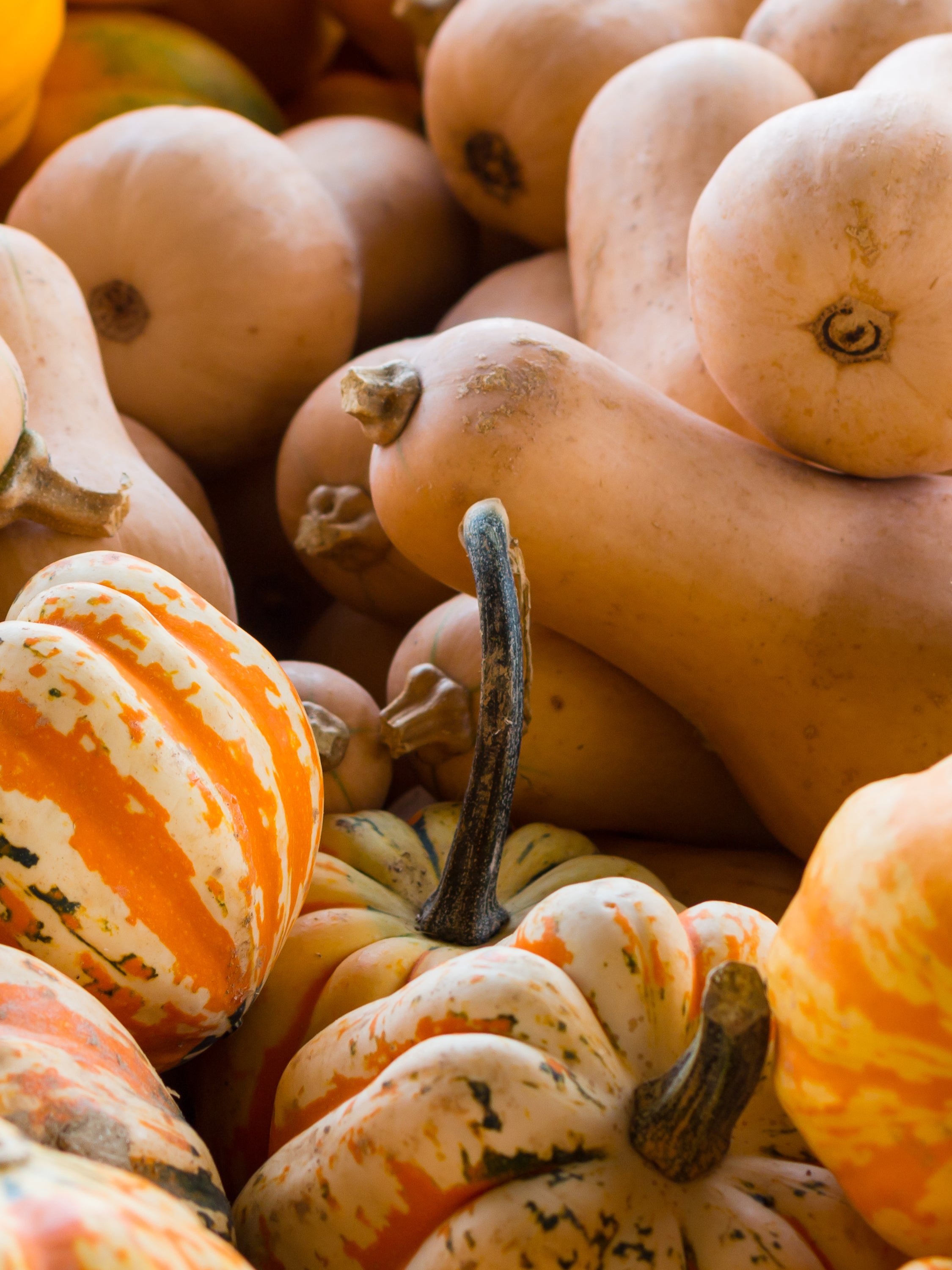
Here are tips for taking care of some of the specific types of produce you’ll get in cooler weather.
Winter squash
It does best in a cool, dark and dry spot that allows for plenty of air circulation. Tong recommends a kitchen cabinet or basement, as long as it’s not close to the heater. In the refrigerator, squash will start to pit from the cold, so store it there only once it’s cut. Properly stored, squash can be kept around for at least a month or two, with thinner-skinned varieties, such as acorn, not lasting as long as thicker, such as Hubbard. As Abra Berens points out in Ruffage: A Practical Guide to Vegetables, acorn and delicata squashes are actually summer squashes cured like winter ones, which is why they don’t have the same extended shelf life.
Apples and pears
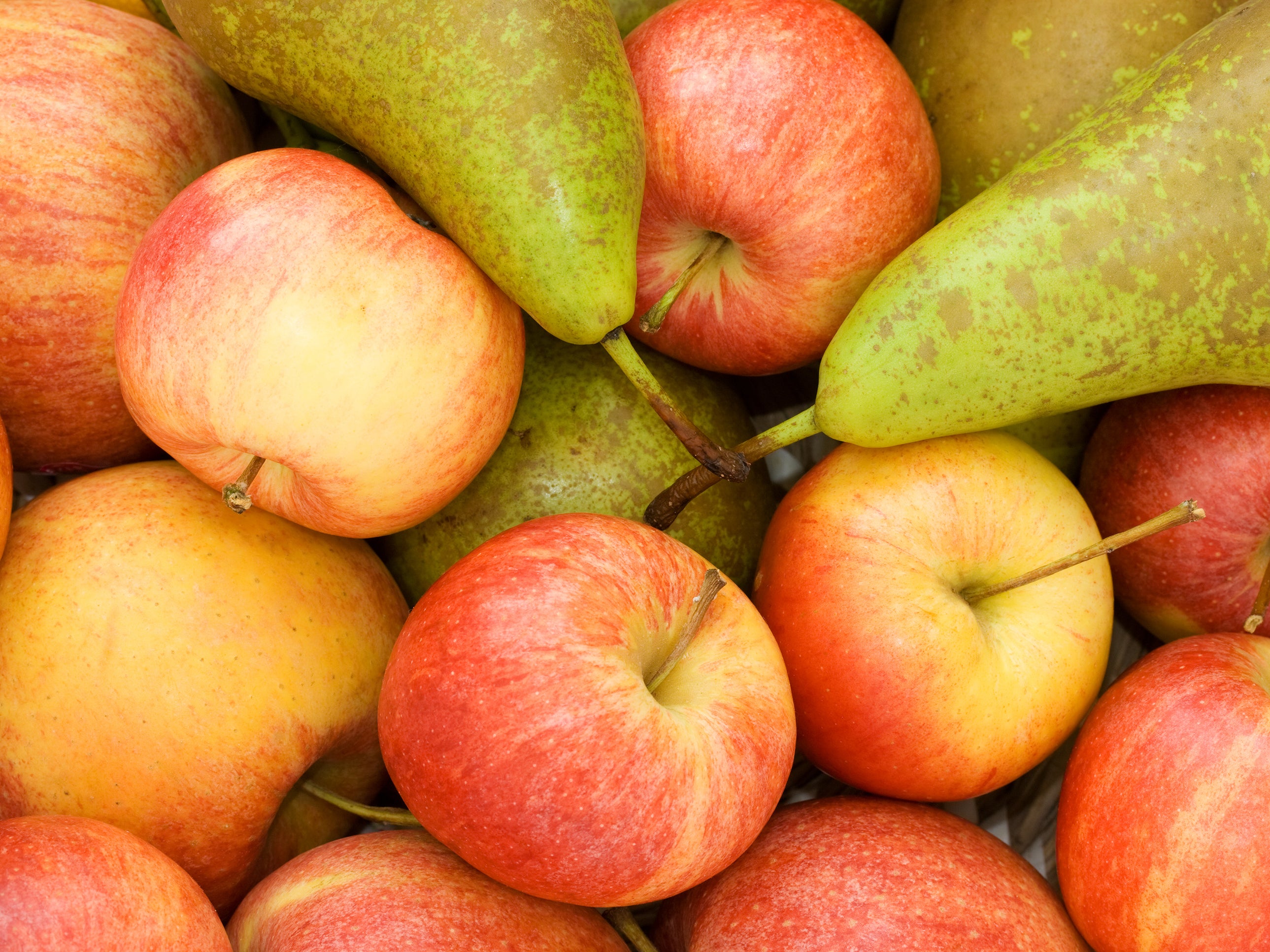
Apples can go straight into the fridge, ideally the crisper drawer with the vent open or a low-humidity one for fruit, where they will keep for four to six weeks. If you plan to eat them within the week, Tong says, the counter is okay, but much longer than that and the fruit will go mealy and flavourless. Apples produce ethylene, which can trigger ripening and, eventually, rot in some other produce, which is why it’s often advised to keep them separate from many other fruits and vegetables (if you’re trying to speed up ripening of your bananas or avocados, though, go for it). In the fridge, though, ethylene production is minimal, Tong says, so don’t stress too much about putting them in isolation. Pears, except Asian varieties, do not ripen on the tree, so you typically need to ripen them on the counter. Once they give to gentle pressure around the neck, pop them in the fridge for up to a few weeks. Emily Zaas of Maryland’s Black Rock Orchard told me that if you’re trying to stagger your pear ripening, you can place unripe fruit in the fridge and then take it back out to ripen at room temperature when you’re ready.
Hardy greens
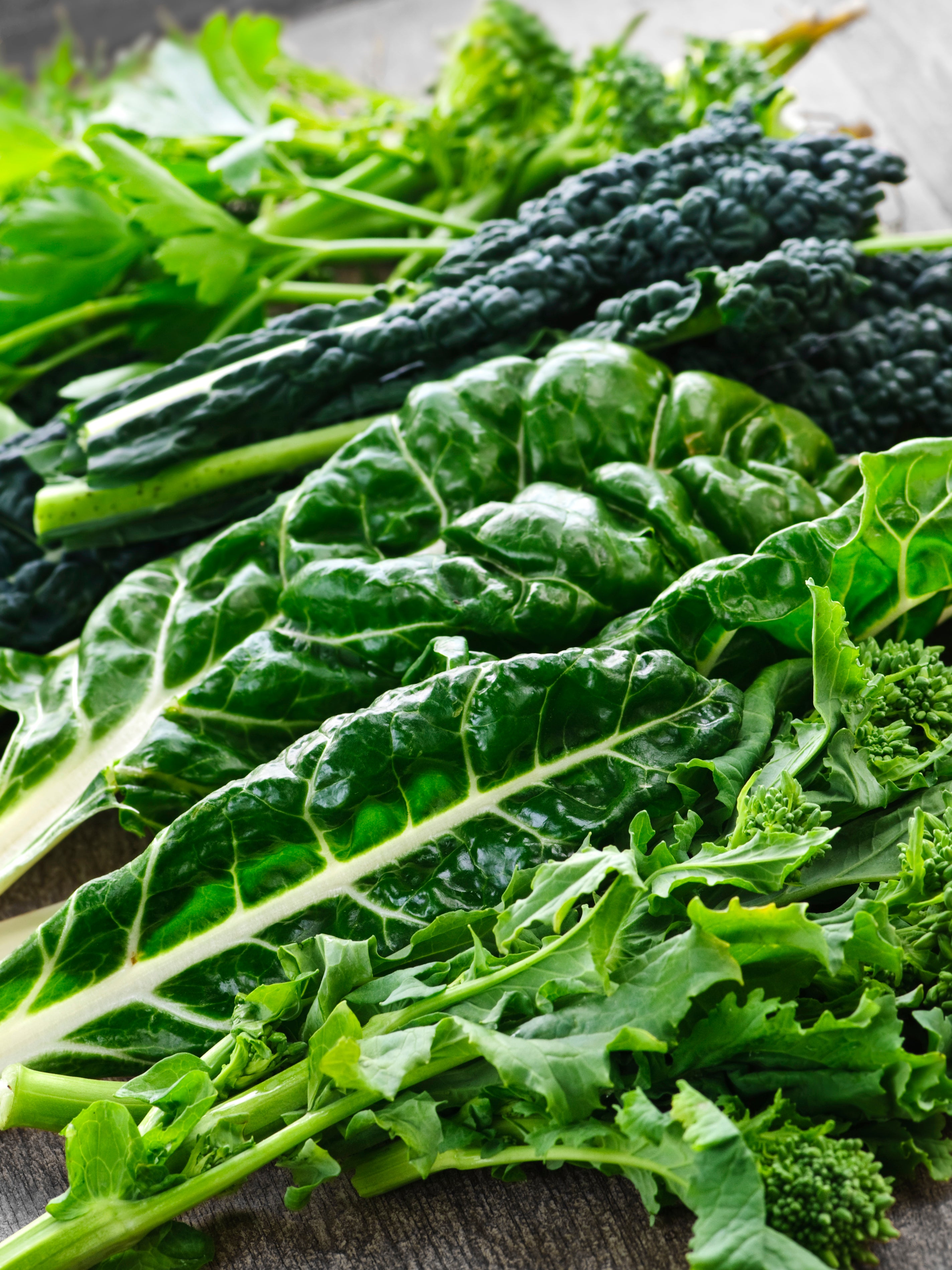
Cool and moist, but not sopping wet, is the best environment for such greens as kale, collards and chard. Store them in a plastic bag, wrapped in a damp paper towel if you like, in the fridge crisper drawer that is higher humidity (without any vents or with the vents closed). You can achieve a similar effect with a more eco-friendly alternative, such as reusable produce bags. As Kristen Hartke explained here, they are “organic cotton bags that you dampen slightly, then fill with produce to store in the crisper drawers of the refrigerator; just dampen the bag again whenever it starts to dry out, and the leafy goods inside will stay fresh for weeks”. Just keep in mind that too much moisture can contribute to rot. Otherwise, expect hardy greens to last about two weeks in the fridge, though it’s always best to use them sooner rather than later. Hartke says you can extend the life of produce, especially greens, by slipping in a saver sheet, which has spices and botanicals that inhibit bacterial and fungal growth. Berens says you can also stand them in a vase of water on the counter. If you have sturdy greens from roots such as beets or turnips, they can be stored like other hardy greens.
Other brassicas
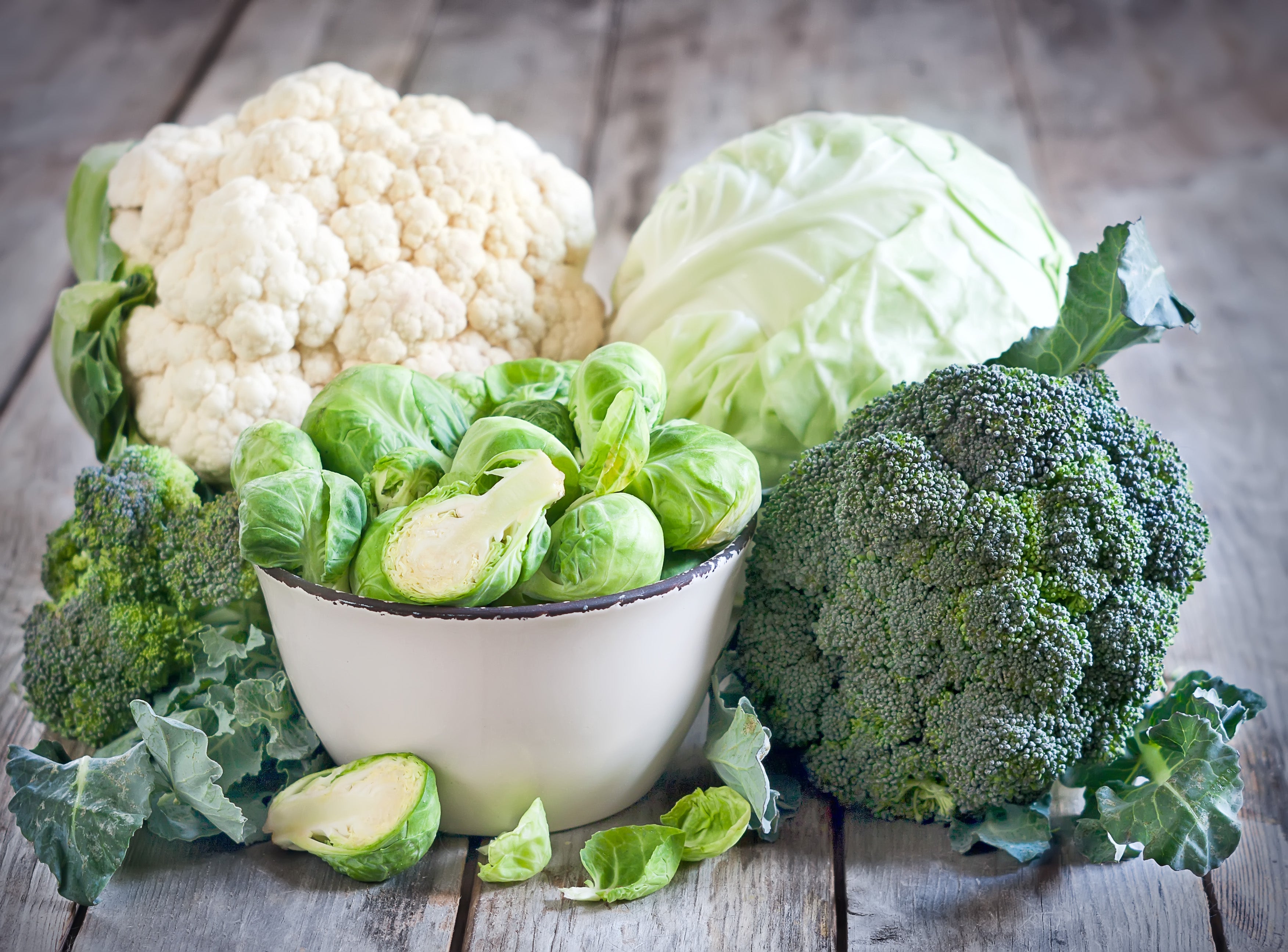
Broccoli, cauliflower and Brussels sprouts need a cool, damp environment, but packing them in an airtight bag or container can encourage mould growth. Keep them in a partially open, loose or perforated plastic bag or something more breathable, such as a produce bag, also in the high-humidity drawer. If you would rather have your produce loose, a saver sheet in the bin can help the produce last longer (ditto root vegetables, below). Recommended storage times vary widely, from a few days to a few weeks. The University of New Hampshire Extension says Brussels sprouts left on the stalks will last longer than loose ones. The stalks can be placed in water, from which you break off sprouts as you need them. The flavour of Brussels sprouts will get stronger the longer they’re stored.
Root vegetables

They “store for a long time”, Tong says. Ensure they live up to that by separating any greens attached to such roots as beets, carrots and turnips as soon as you bring them home, leaving about 1.5cm on the vegetables (leaving the entire tops on will suck moisture out of the vegetables). To prevent moisture loss, refrigerate beets, carrots, turnips, parsnips and swedes in plastic bags in the high-humidity crisper drawer or in a produce bag or similar product. They’ll last at least two weeks that way.
Potatoes
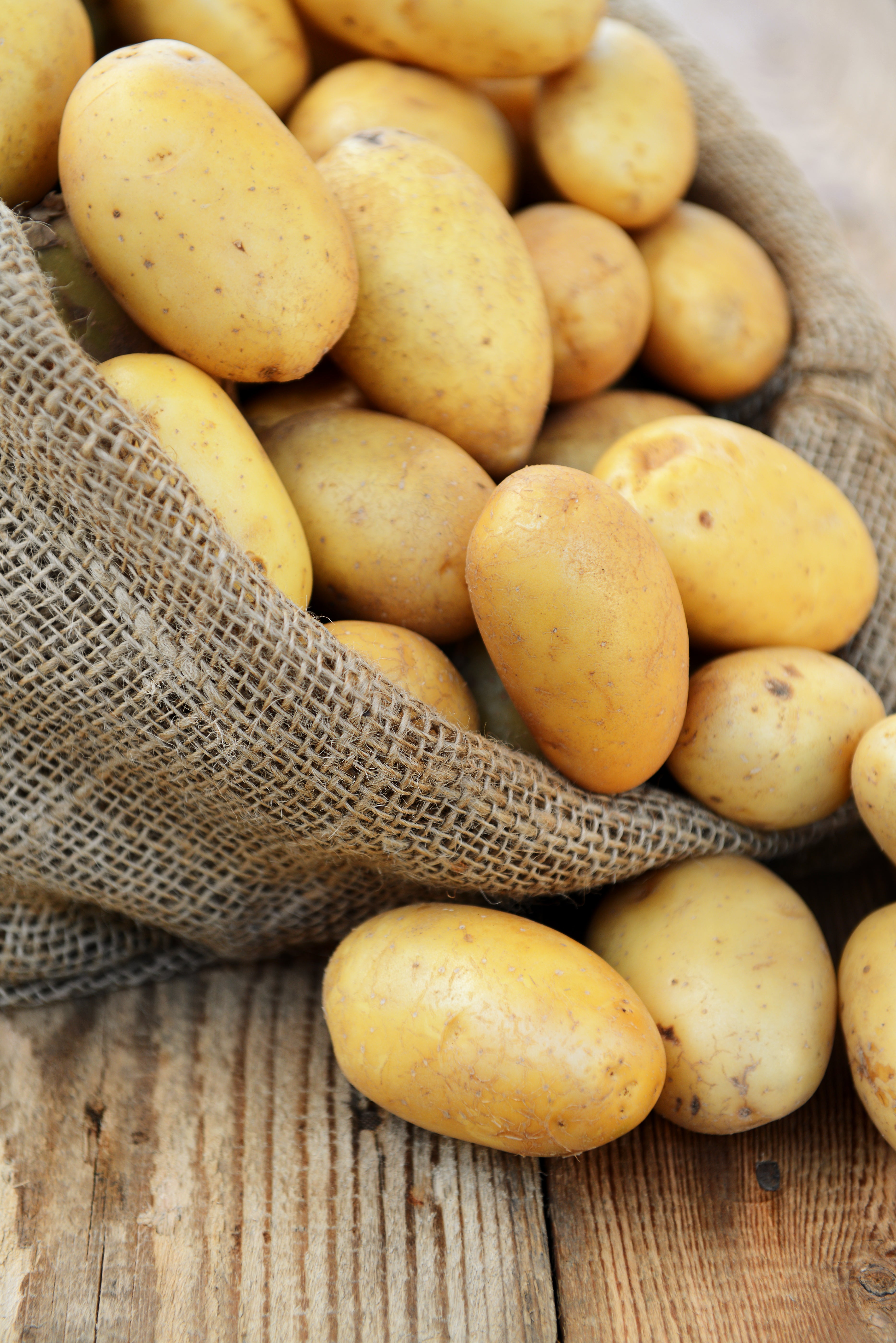
Keeping them in a dark spot will help prevent them from turning green. Aim for a cool, well-ventilated space, such as a basement, root cellar or cupboard. In the fridge, the damp air can encourage the conversion of starches into sugars, which is often not desirable for texture, flavour or colour (ie, fried potatoes will get very dark). Tong, though, tends to flout that advice, especially when it comes to potatoes she grows, because she doesn’t mind a sweeter flavour (in soups, it doesn’t really matter to her) and likes that the fridge will prevent sprouting. Outside the fridge, stave off sprouting by separating potatoes from such ethylene producers as apples and onions. Depending on conditions, potatoes in the pantry will last from a few weeks to two months. As far as sweet potatoes go, Aaron Hutcherson, writer and recipe developer for The Washington Post, notes that they store best in a cool, dark spot around 10C, where they’ll keep for three to six months. Not a lot of us have that kind of area, so store at room temperature in a dark space and use within a week or two (sweet potatoes in a fridge can dry out and develop an unpleasant flavour).
Citrus
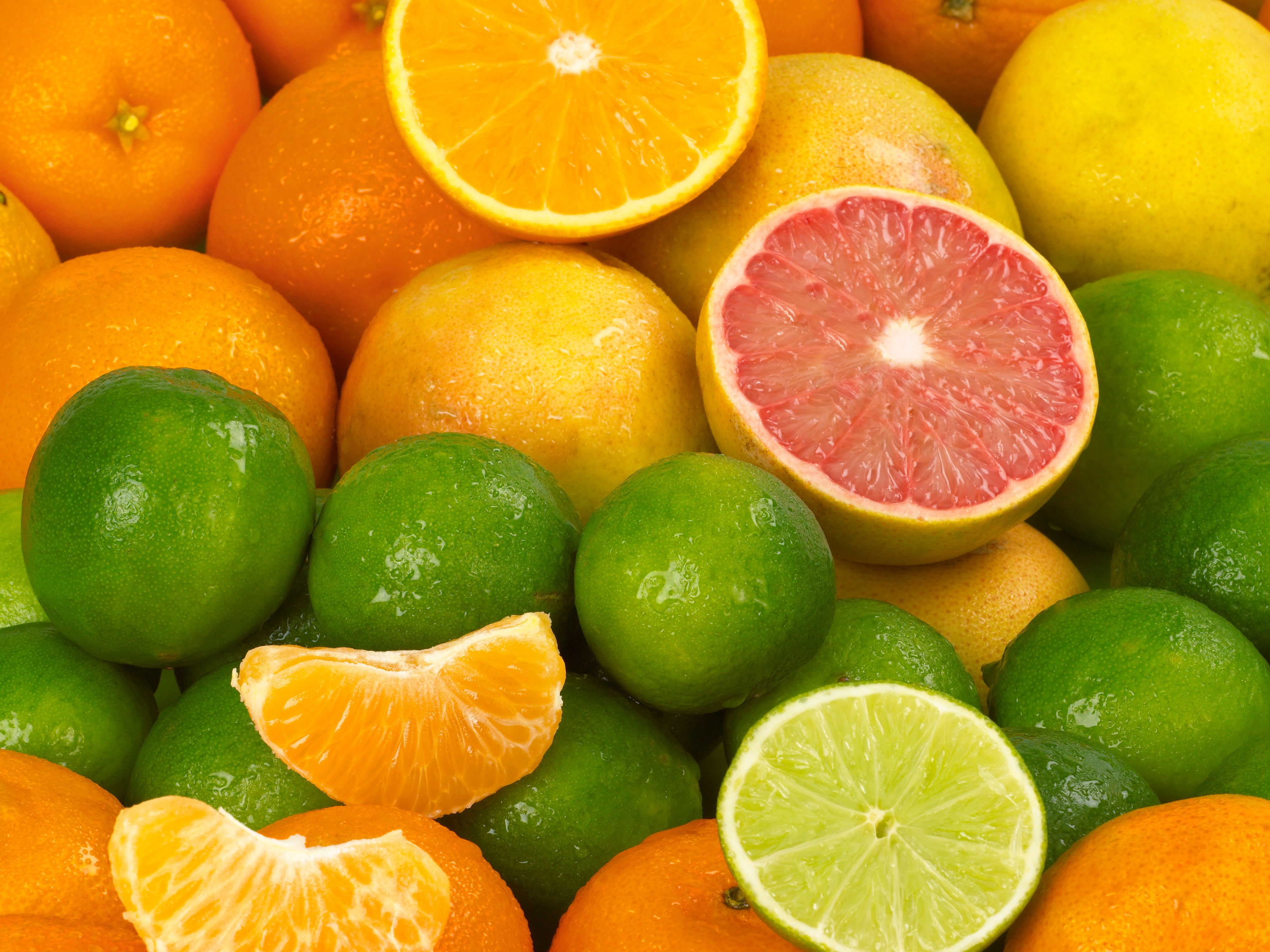
It generally does well in the fridge. Oranges and grapefruit can be left loose or in a breathable bag, such as mesh, to allow for air circulation, though storing in the high-humidity drawer is helpful for preventing moisture loss. Expect them to last a month or two. As Cook’s Illustrated found, lemons can be left loose in the fridge as well, though they will begin to lose moisture after about a week. A zip-top plastic bag (reuse reuse reuse!) kept them pristine for a month. Limes will last a week or two. For briefer storage, no more than a week at room temperature for citrus is okay, especially in the case of limes, which tend to not like cooler temperatures as much, Tong says. After that, the fruit will begin to harden. Her strategy for ensuring lemons and limes don’t go to waste is to zest and juice them and then store those components in the freezer until needed.
© The Washington Post
Join our commenting forum
Join thought-provoking conversations, follow other Independent readers and see their replies
Comments